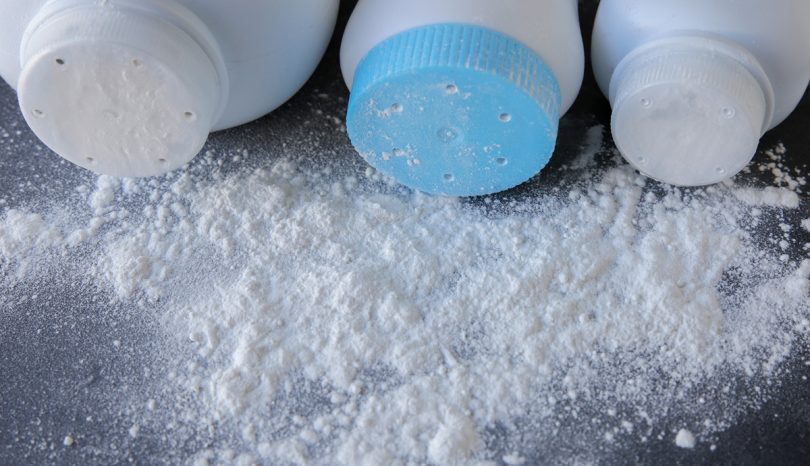- Find A Medical Provider
- Auto Injuries
- Common Injuries
- Medical/Pharmaceutical
- Types of Medical Injuries
- Malpractice Injuries
- Drug and Medical Device Injuries
- Drugs and Devices Linked to Cancer
- Opioid Addiction
- Drugs and Devices Known to Cause Injury
- 3M Combat Arms Earplugs – Hearing Loss
- Accutane
- Aciphex
- Actonel
- Actos
- Adderall and Ritalin
- Advair
- Aldara (Imiquimod)
- Alli
- Ambien
- Amiodarone
- Anzemet
- Aptivus
- Aranesp
- Arava
- Atorvastatin
- Avandia
- Benicar
- Birth Control Medication
- Blood Thinners
- Essure
- Fosamax (Alendronate Sodium)
- Gadolinium-Based MRI Contrast Agents
- Granuflo
- Hernia or Surgical Mesh Injuries
- Hydroxycut
- Inferior Vena Cava Filters
- Invokana Toe and Foot Amputations
- Ketek
- Levaquin
- Lipitor
- Mirapex
- Neurontin
- Onglyza
- Over-the-Counter Medications
- OxyContin
- Paxil
- Power Morcellators
- Pradaxa
- Propecia
- Reglan
- Talc Powder
- Trasylol
- Valsartan
- Viagra
- Xolair
- Zelnorm
- Zoloft
- Work Injuries
- Sports Injuries
- Marketing Services
- Blog
List your practice on InjuredCare | Log in / Sign up
Talc Powder

Talcum powder is a commonly used consumer product, typically comprised of a clay-based mineral known as talc, which is mixed with corn starch. Talcum powder has been used for a variety of purposes over the last century, most notably in baby powder, to absorb sweat and for personal hygiene, mostly by women. It's found in many different makeup products as well, from lipstick to eye shadow to mascara.
More than 50 years ago, researchers found elements of talc buried deep in ovarian tumors. Subsequent studies have also suggested a connection between the use of talcum powder and both lung and ovarian cancer.
Some research suggests that the risks of cancer tied to talcum powder stem from the proximity of the talc to underground deposits of asbestos. Asbestos has been linked to a number of health conditions, including mesothelioma, a type of cancer that affects the tissue that covers most of your internal organs.
Talc is the softest known mineral, and often contains veins of asbestos, increasing the likelihood of cross-contamination. Though an FDA survey found no evidence of asbestos in a number of talcum powders, a more recent Reuters investigation alleges that at least one manufacturer knew its powder contained asbestos for decades. The FDA last tested talc-based products in 2010, looking at 24 different commercial products.
To date, neither the FDA nor any other American government agency has issued any warnings or sought to remove any talcum-based products from the market. The International Agency for Research on Cancer identified talcum powder as a possible human carcinogen in 2006.









